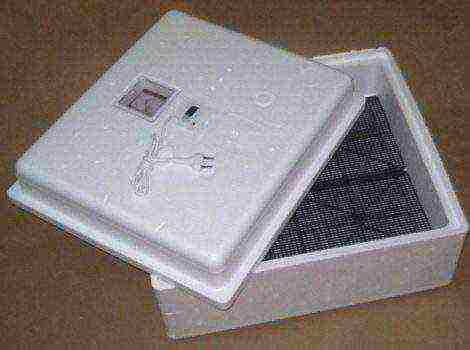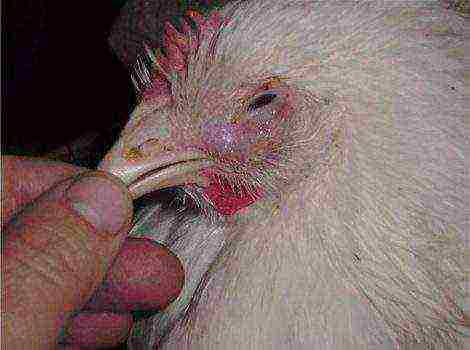Content
- 1 Jersey giant chickens - description and characteristics
- 1.1 Description and appearance of chickens
- 1.2 Temperament and conditions
- 1.3 Specifications
- 1.4 Growth and weight gain
- 1.5 Jersey giant egg production
- 1.6 Varieties of the breed
- 1.7 Features of the content
- 1.8 Conditions of detention
- 1.9 Diseases
- 1.10 Advantages and disadvantages of the breed
- 1.11 Owner reviews
Jersey giant chickens - description and characteristics
One of the most amazing breeds of chickens, the coveted dream of many breeders, rare in Eastern Europe so far - the Jersey giant. These outstanding birds received official recognition only in the second half of the 20th century, but breeding work began at the end of the 19th.
The efforts of enthusiasts who purposefully crossed large dark-colored chickens from different breeds were crowned with success - the breed turned out to be stable and extremely successful.
Description and appearance of chickens
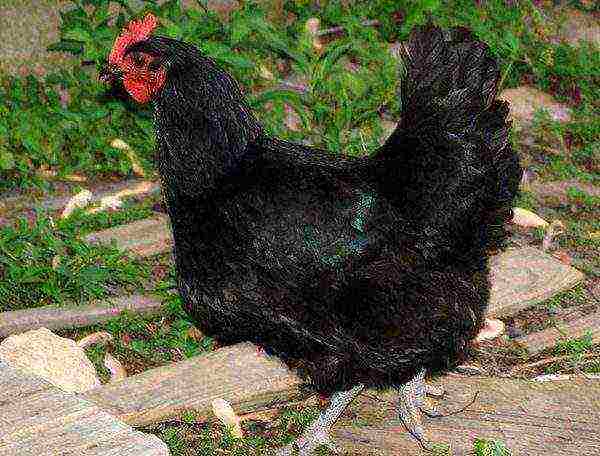
Representatives of the breed are stately beautiful birds. The large head of the rooster is crowned with a straight six-toothed red comb. Smooth lobes and earrings of the same color. The small beak is expressively curved. The eyes are dark brown.
A well-feathered, strong neck connects the head to the body. Connoisseurs note a straight long back, a voluminous belly, and of course, an outstanding massive chest. This "bustiness" somewhat shifts the center of gravity, so the bird acquires a proud posture.
The back ends with a luxurious tail. Moreover, in chickens, it is no less expressive than in roosters.
Chickens are very similar to cockerels, they are slightly smaller and appear more squat.
Temperament and conditions
The purebred character of this Jersey breed is considered to be the calmness of the bird. However, its size dictates certain conditions. The chicken coop should be spacious.
It is highly desirable to have an area for daily walking. Then the chickens of this breed will be strong and reach the optimal weight within the time frame provided for by the standard.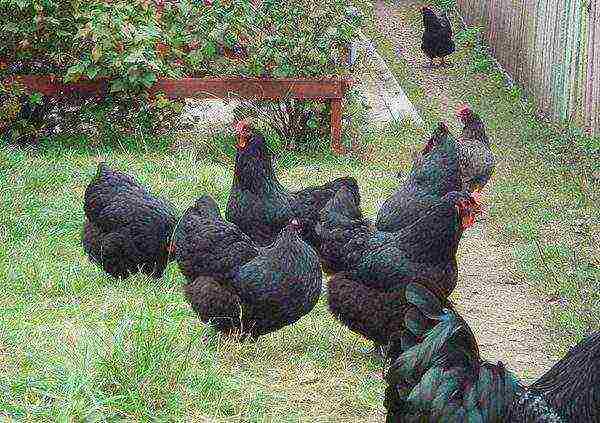
In this regard, no matter how tempting it may be to commercialize the Jersey giant, the best purpose of the breed will be home and farm maintenance in limited quantities.
Specifications
This is a meat breed of chickens that has not lost the ability to lay eggs, including fertilized ones. Incubation skills are weakbut in this case it is not a disadvantage. The brood contains approximately the same number of females and cockerels.
Growth and weight gain
The maturation period lasts up to 7 months, but the intensive growth of males ends by 5 months.
For economic reasons, a Jersey bird that is not intended for breeding is slaughtered at this age. Abandoned roosters grow up to one and a half years.
By the beginning of egg production, in the seventh month, chickens weigh about 4 kg, males reach 5 kg by one year, and 6 at 1.5 years. With age, the weight of the male can reach 7 kg, but this negatively affects his fertilization abilities.
Jersey giant egg production
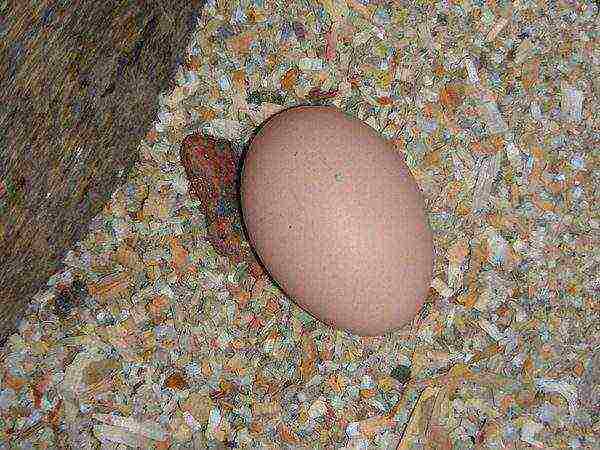 Contrary to expectations, the egg of the Jersey giant does not have outstanding dimensions: the first eggs weigh less than 60 g, the subsequent ones - up to 70 g. In the first year, the hen is capable of laying 180 eggs, and the egg production decreases with age.
Contrary to expectations, the egg of the Jersey giant does not have outstanding dimensions: the first eggs weigh less than 60 g, the subsequent ones - up to 70 g. In the first year, the hen is capable of laying 180 eggs, and the egg production decreases with age.
When converted to grain, this amounts to 180-200 g per day. Therefore, in the first year for the production of one egg, 360 - 400 grams of compound feed is required.
Varieties of the breed
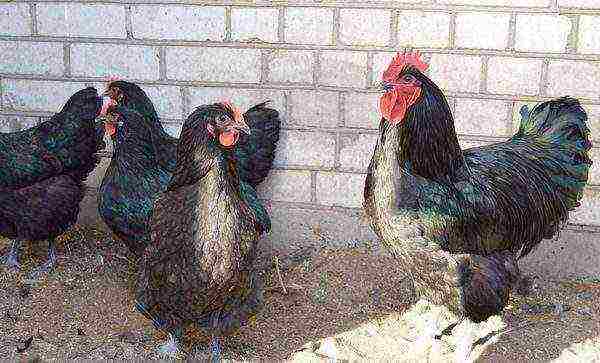 Representatives of the breed are divided by color into 3 species. Here's a description of each of them:
Representatives of the breed are divided by color into 3 species. Here's a description of each of them:
- black - the original species that formed the parameters of the rock;
- white - appeared after the introduction of the black bird by selection from the representatives of the breed;
- blue - the result of intrabreed crossing, like whites, is a species with recessive traits, when mixed with blacks, in most cases the color is not preserved.
Features of the content
The dimensions of the bird of this breed determine the need for enhanced nutrition.
Chick feeding
Chicks up to 2 months are kept in a separate room, most often outside the chicken coop, in the master's house. From the first day, babies are provided with warmth, light and an unlimited amount of very warm water (45 - 50 ° C).
On the first day, the chicks may lack appetite, this is a sign that a small amount of original egg food remains in the goiter. From the second to the third day, the diet is gradually expanded, increasing not only the amount, but also the variety of feed.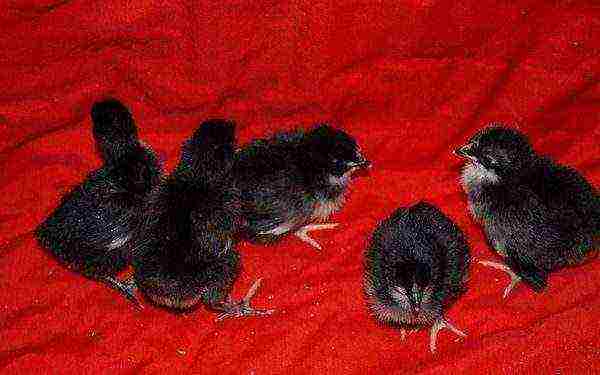
The younger generation should receive proteins (from the 4th day of life it is meat or fish meal), root crops, roughage (meal and cake), calcium-containing additives (chalk). In absolute numbers - from 20 g on the first day to a full diet of 180 - 200 g by two months.
Nutrition for adolescents
After two months, the bird is offered an adult diet. Males assigned to slaughter receive enhanced nutrition in the following months - at this time, a growth spurt occurs, which ensures the output of marketable products by 5 months.
At this time, protein nutrition is very important, which is easily provided by grazing from spring to autumn. That is why the best laying of eggs for incubation is the second half of winter.
After keeping in isolated conditions, the chickens successfully grow on "free bread" - the Jersey perfectly catch beetles and find worms in the soil. In the chicken coop they will be accepted calmly - giants are not prone to scandals.
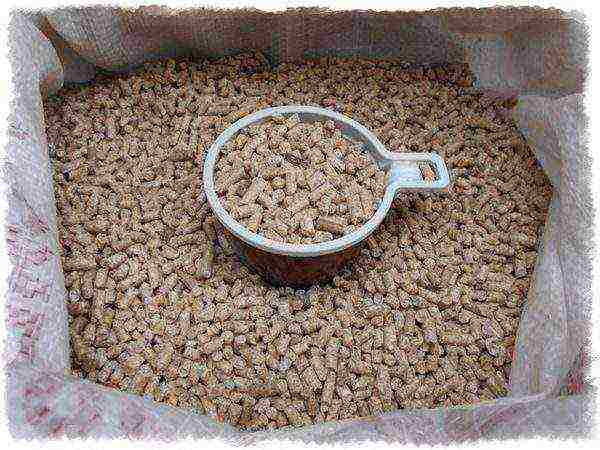
Chickens before puberty should also spend time outdoors and partly there and feed on natural products.
Feeding hens
Layers are provided with adequate nutrition, but a common mistake should be avoided: chickens of this breed easily gain excess weight, which does not affect fertility in the best way.
Daily walking optimizes the supply of essential nutrients, the Jersey giants are excellent forages.
Conditions of detention
With the possibility of enclosure keeping, food costs in the warm season are reduced by 70%. In winter, the diet is chosen by the owners, it is common for all breeds, except that the constant presence of shell rock and chalk in a separate feeder is of particular importance.
The giants are able to calmly transfer and year-round maintenance in the chicken coop... At the same time, it is necessary to provide a sufficient living area for each individual - at least 0.5 m2 per head. In addition, you need access to sunlight and artificial light - a window and light bulbs (1 per 10 m² of the area of the room), as well as fresh air.
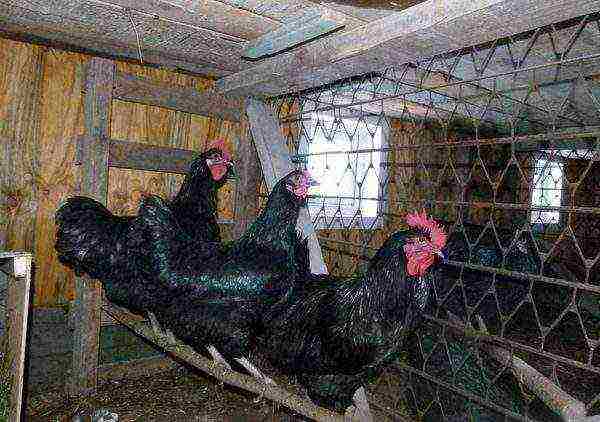 Considering the size of the bird, the bedding is soft. Add a dry layer on top as it cakes. Roosts and nests are placed at a low height, because the bird practically does not fly.
Considering the size of the bird, the bedding is soft. Add a dry layer on top as it cakes. Roosts and nests are placed at a low height, because the bird practically does not fly.
In the nests, stingrays are made for eggs - chickens of this breed are bad hens, but they can trample or discard an egg.
Diseases
From the first days of life, prevention of morbidity is carried out - the chickens receive antibiotics, and later they add antihelminthic drugs.
All birds are susceptible to mycoplasmosis, therefore prevention is important: avoiding contact with wild birds and maintaining cleanliness in the chicken coop.
The mesh enclosure is covered with a solid roof made of any material. This will prevent faeces and game feathers from entering.
Advantages and disadvantages of the breed
The indisputable advantages include:
- a large number of good quality meat;
- quick weight gain;
- steadiness to colds;
- enough eggs;
- high survival young animals (82 - 85%).
Disadvantages of the breed are few:
- increased amount of feed;
- increase squares per individual;
- need change manufacturer.
Owner reviews
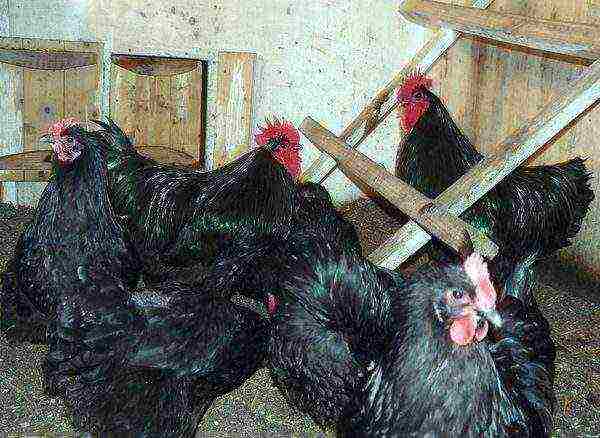 Representatives of the breed appeared in Russia. The herds are enlarged, the breeders distribute the eggs and the young.
Representatives of the breed appeared in Russia. The herds are enlarged, the breeders distribute the eggs and the young.
- Sergey from the Moscow region made his dream come true - he got chickens and cockerels of this breed. Over time, he ordered a rooster from America to fertilize females from Europe. He made sure that the bird needs a lot of food.
- Leila from Moscow notes that to achieve the indicators of the standard, one purebred is not enough, you need to provide good food and conditions.
- Gray from Tula notes that in winter, at a temperature of -30 ° C outside and +5 in the chicken coop the chickens are great - from 10 layers 6 - 7 eggs per day.
Reviews are taken from the forum Farmer.ru
Thus, the Jersey giant is one of the most promising meat and egg breeds for the conditions of Eastern Europe. Its production characteristics, calm disposition and endurance make it enduring popularity among poultry farmers.
